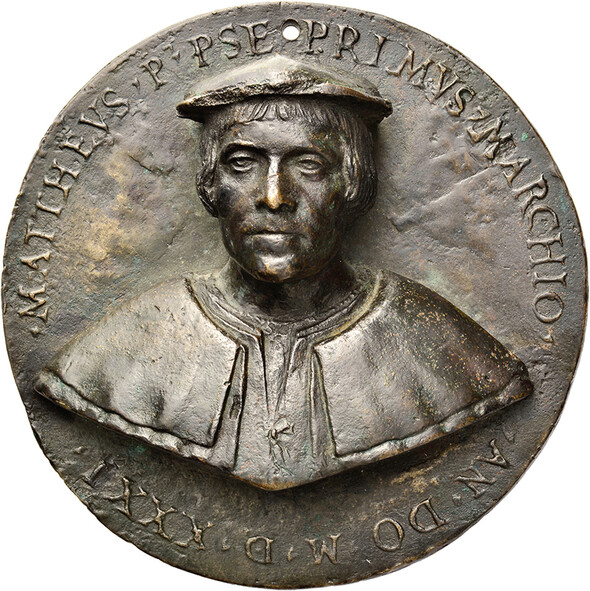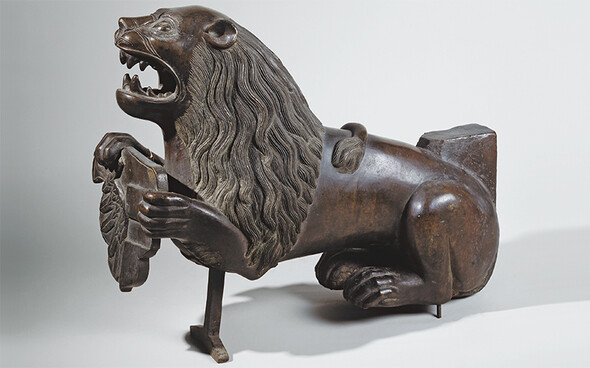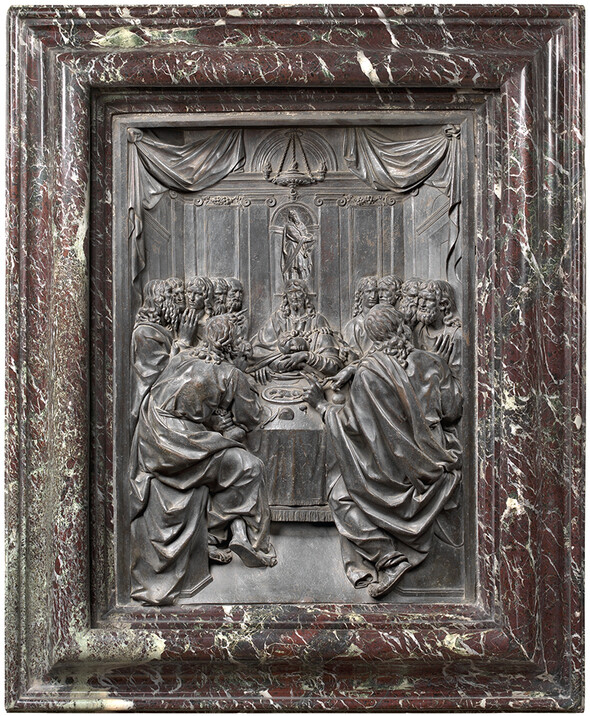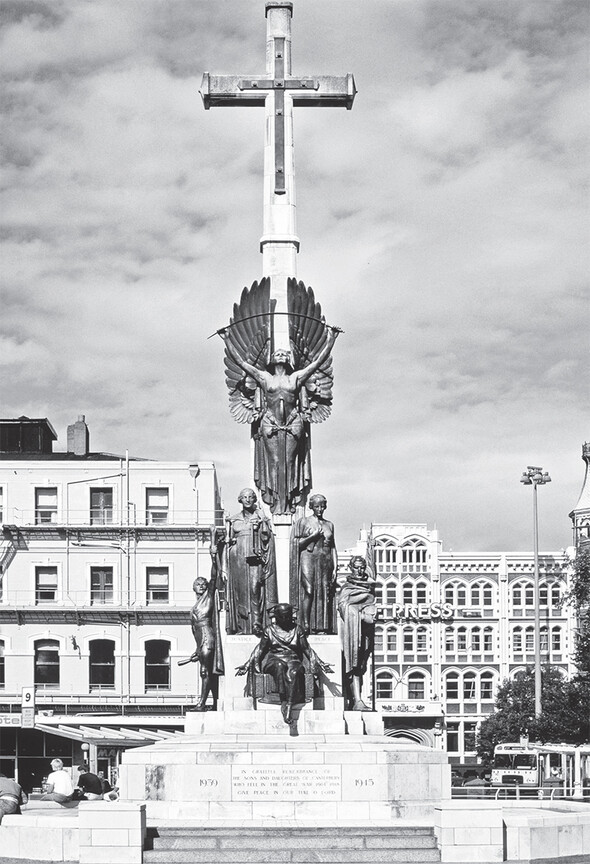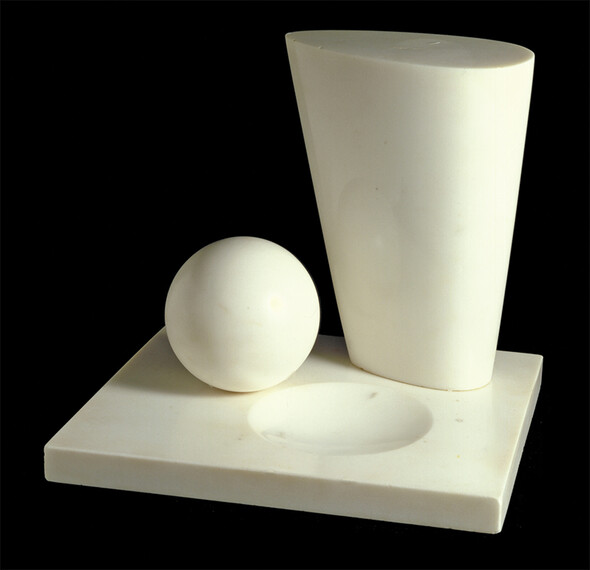By using this website you agree to our Cookie policy
The past two years has seen the destruction of archaeological sites and monuments in the Middle East on an unprecedented scale. In the face of countless human tragedies played out on a daily basis, it may be seen as inappropriate or even callous to express concern over the fate of the region’s cultural heritage. And yet, the cultural heritage of Syria and Iraq, in particular, is of such immense importance to our understanding of human history that it is only right and proper that the international community should be concerned. Its significance is such that it transcends national borders and warring factions and falls into the category of global heritage. In these terms, and without making the sort of fatuous and unhelpful value judgments that have appeared in the press, the pain associated with its damage or destruction is felt as acutely as that relating to the appalling suffering and loss of human life. This may sound like a huge and dramatic exaggeration, but once lost, cultural heritage can never be recovered, and to deprive future generations of the legacy of their past, and in so doing to negate their identity, is an act of unspeakable inhumanity.
After attending a memorial event for Anthony Caro at Tate in 2013, Peter Murray, Director of the Yorkshire Sculpture Park, felt that a comprehensive exhibition of Caro’s work should be organised before too long. He suggested to his staff that they begin to prepare an exhibition, and also contacted the Hepworth Wakefield, who agreed to collaborate. Thus was born the commemorative and celebratory overview of Caro’s prolific sixty-year career, Caro in Yorkshire (to 1st November).1 From its inception in 1977 Caro was a strong supporter of the Yorkshire Sculpture Park, lending them his first polychrome sculpture Sculpture Seven (1961), showing his Trojan War sculptures there in 1994, and a wide range of architectural works – Sculpture and Sculpitecture – in 2001. So the title of the current show hints at his long allegiance to an area of the United Kingdom primarily associated with Henry Moore and Barbara Hepworth.
